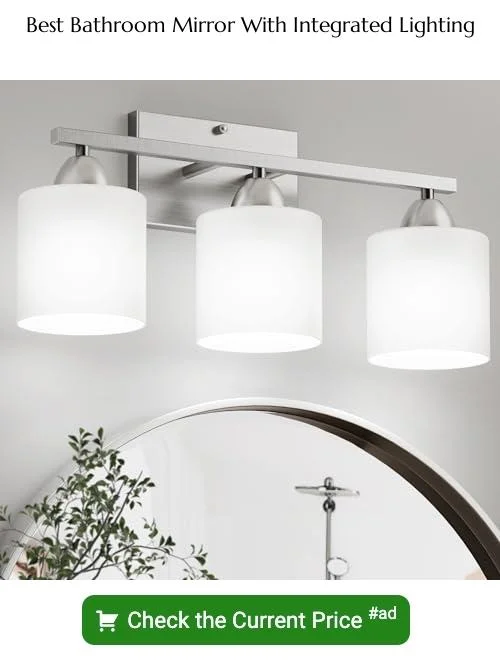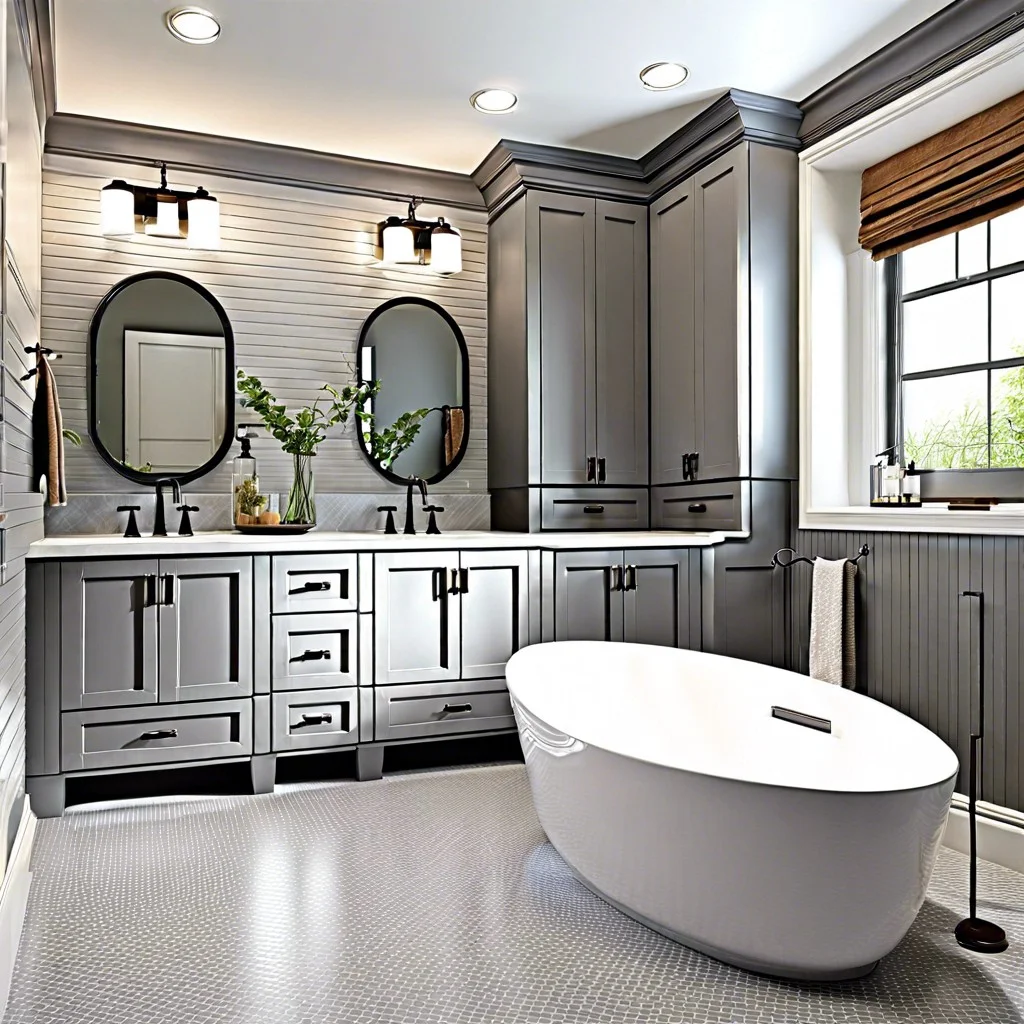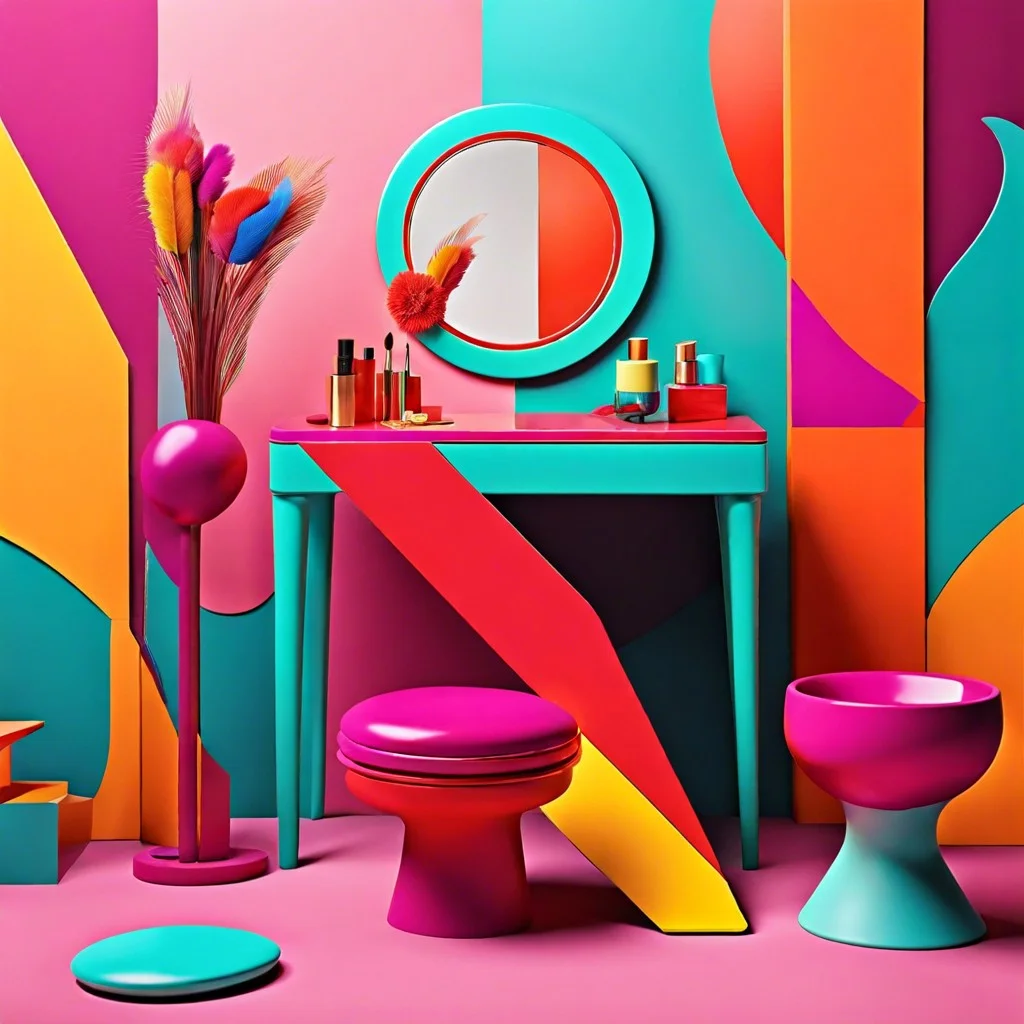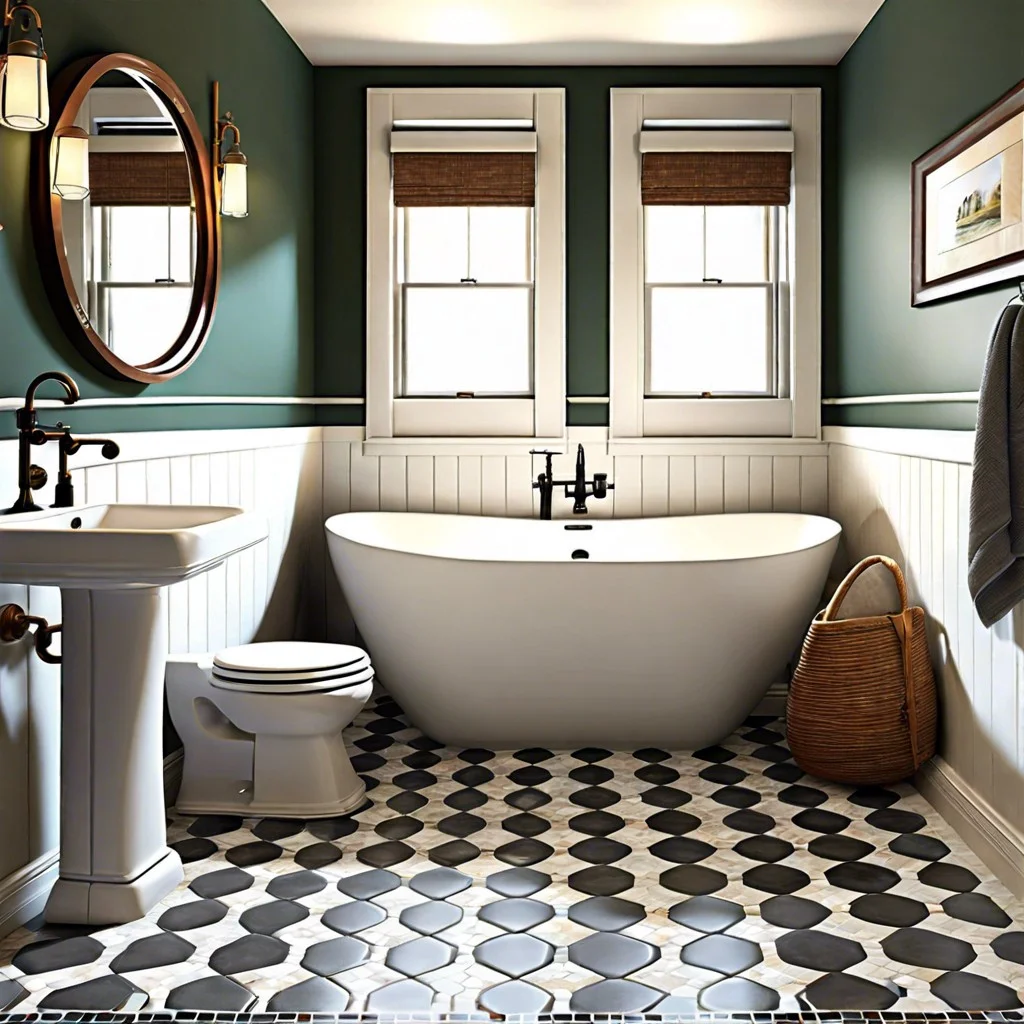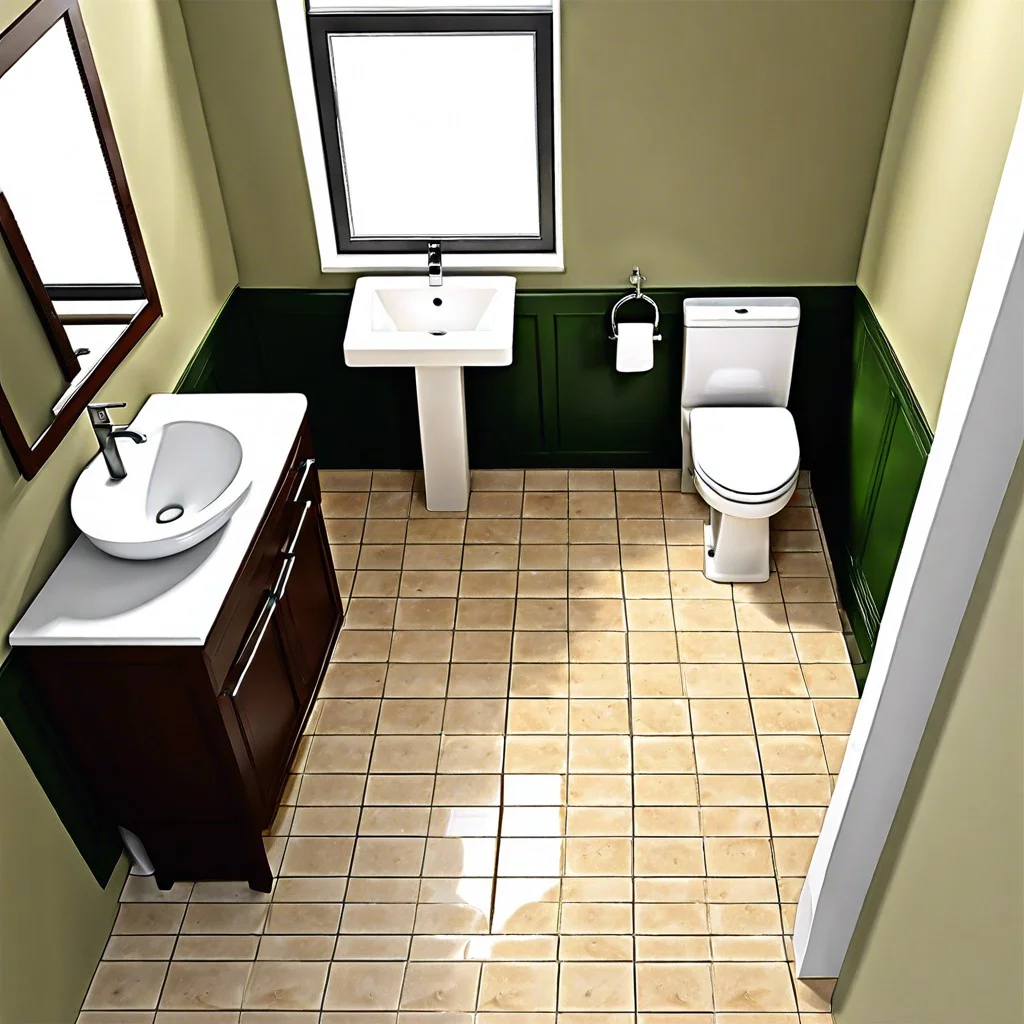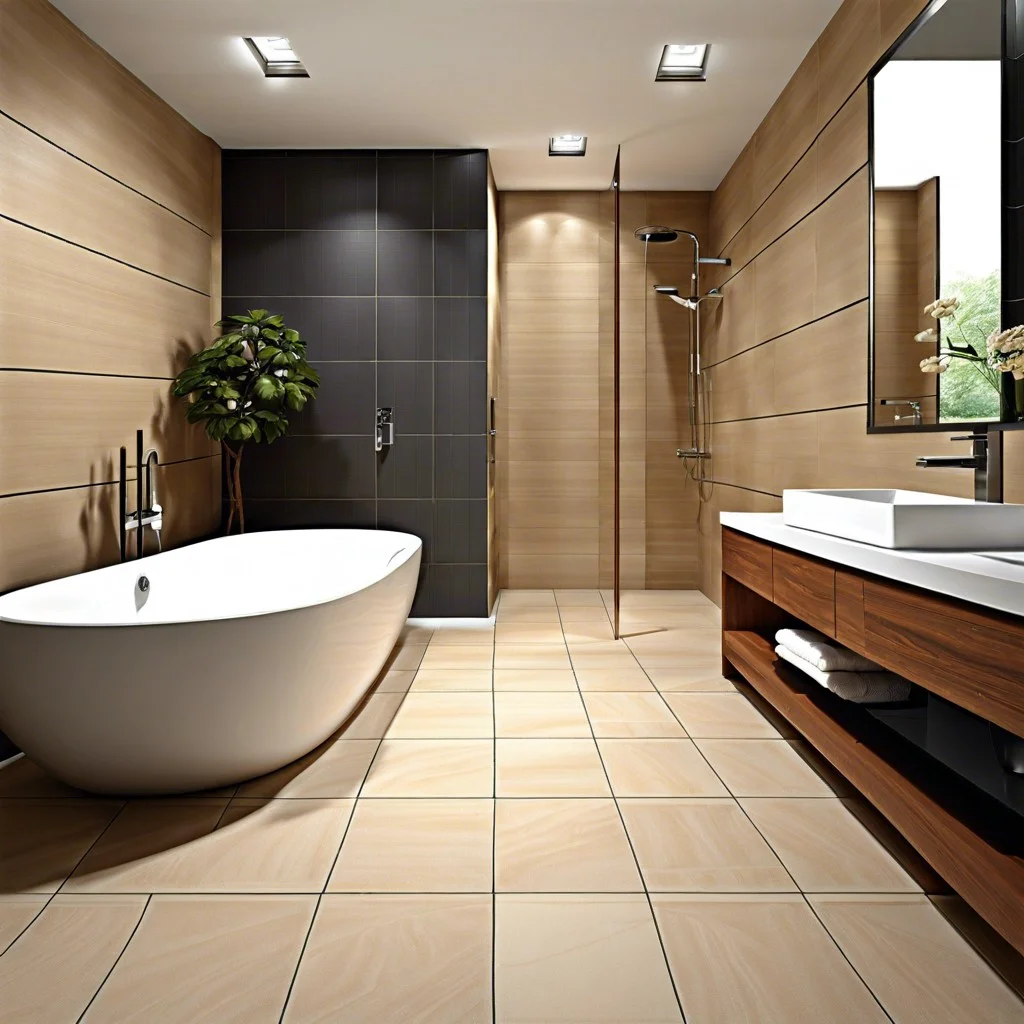Last updated on
Understanding the ideal height for a bathroom mirror can greatly improve your bathroom’s aesthetics and functionality – this article offers a comprehensive guide to help you make the perfect choice.
Key takeaways:
- Center mirror at average eye-level for optimal placement
- Position mirror 5-10 inches above sink, considering vanity size
- Account for vanity height and light fixture placement
- Consider different user needs, including children and wheelchair users
- Choose mirror style and shape to complement bathroom design
Deciding How High to Hang a Mirror Above the Vanity
When determining the optimal mirror placement, the key is to align the center of the mirror with the average eye-level of users. Typically, this is around 5 feet off the ground. Adjusting slightly up or down can cater to the height distribution of the household.
Additionally, the size of the vanity plays a role. A rule of thumb is to position the bottom edge of the mirror about 5 to 10 inches above the sink, ensuring it’s not too low to splash or too high to create an awkward gap. For vanities with tall backsplashes, the mirror should start just a couple of inches above.
Lighting also influences mirror height. Fixtures above the mirror require space, and those to the side need proper alignment to avoid shadows. Ensure there’s enough room between the top of the mirror and ceiling for overhead lighting, while also maintaining functional illumination at face level.
Account for Vanity Height and Light Fixtures
When tackling vanity height, the standard is typically about 31 to 36 inches from the floor to the top of the counter. But, custom vanities could sway this norm. Hence, ensure that the lower edge of the mirror is 5 to 10 inches above the sink for a seamless aesthetic and functional reflection.
Lighting plays a pivotal role too. Over-mirror fixtures should ideally leave about a 2 to 4-inch gap from the top of the mirror, allowing for even light distribution without excess shadow casting on your face. A rule of thumb: the mirror should not surpass the vanity width, keeping lighting well proportioned.
For side-mounted sconces, where light symmetry is crucial, align the midpoint of the fixture at eye level or approximately 62 to 66 inches from the floor. This positioning ensures adequate lighting for tasks without interfering with the mirror surface or your line of sight.
Considerations for Different Users (Children, Short, Tall, Wheelchair Users)
When selecting the ideal mirror height, it’s crucial to embrace versatility. For households with children, consider installing a lower hung mirror or a pull-out step for easy access.
For adults of varying heights, opting for a taller mirror provides an inclusive solution. A mirror stretching across the wall vertically accommodates both the tallest and the smallest user without compromising style or functionality.
Wheelchair users demand a different approach. The bottom edge of the mirror should be positioned no higher than 40 inches from the floor, ensuring visibility without strain.
Moreover, tilting mirrors serve as an excellent compromise, offering adjustability to suit any user’s line of sight, making this feature not just about aesthetics but about embracing inclusivity in design.
Choosing Correct Mirror Styles and Shapes
Opting for the right style and shape of your bathroom mirror is just as crucial as its placement. Round mirrors can soften the hard lines in contemporary designs, providing a calming visual counterpoint. In contrast, square or rectangular options complement a more structured and modern aesthetic. When space permits, an oversized mirror creates a bold statement and amplifies light, making the room feel larger and more open.
Furthermore, selecting a mirror with a frame can add texture and color to a space, turning a functional piece into a decorative element. If a sleeker, more minimalistic look is desired, a frameless mirror can seamlessly blend with the wall, offering an understated elegance.
Consider the mirror’s function alongside style—tilted mirrors are beneficial for providing various viewing angles, while cabinet mirrors offer storage solutions. However, be wary of overly ornate frames or unusual shapes that could detract from functionality or clash with the room’s decor.
Best Practices for Inclusive Bathroom Design
Inclusive design champions accessibility for all, turning a bathroom into a space where everyone feels accommodated. When it comes to mirrors, the key is versatility:
1. Adjustable Height Mirrors: Mounting mirrors on adjustable tracks or incorporating tilt mechanisms caters to users of various heights and those with mobility impairments.
2. Mirror Placement: Beyond height, ensure mirrors are placed over sinks with enough knee clearance for wheelchair users, and consider side-mounted mirrors for better angles and accessibility.
3. Wide-Angle Mirrors: For broader visibility, wide-angle mirrors allow users to see themselves from different positions, essential for those unable to stand directly in front of a mirror.
4. Proper Lighting: Combine mirrors with ample, well-placed lighting to benefit users with visual impairments, reducing shadows and providing a clear reflection.
By embedding these inclusive elements, a bathroom mirrors the diversity of its users, creating a space that’s truly functional for all.
FAQ
What is the proper height to hang a mirror?
The appropriate height to hang a functional mirror is with its center about 5 feet from the floor, though decorative mirrors could be placed at any height, while mirrors positioned higher should be tipped slightly downward.
How tall should vanity mirror be with 9 foot ceiling?
In a bathroom with a 9-foot ceiling, the suitable height for a vanity mirror would be the difference between the total ceiling height and the height of the vanity plus an additional 12 inches.
How high above mirror should vanity light be?
In a perfect world, the center of a vanity light fixture should optimally be placed between 75 to 80 inches from the floor, juxtaposing fluently with the mirror belie it.
What is the best height for a bathroom vanity?
For a height-compatible bathroom vanity for all family members, the ideal height should be somewhere between 32-36 inches.
Is the height of the mirror affected by the elements around it?
Yes, the height of the bathroom mirror can be influenced by the surrounding elements such as fixtures, sinks, and lighting.
How does the height of the bathroom users influence the ideal mirror positioning?
The height of the bathroom users significantly influences the ideal mirror positioning as it should be set at a level comfortably accessible for viewing by all users, often leading to a compromise for households with varying heights.
What impact does incorrect mirror height have on a bathroom’s aesthetic appeal?
Incorrect mirror height can significantly disrupt a bathroom’s aesthetic appeal by creating an imbalanced and disconcerting visual experience.
Recap
